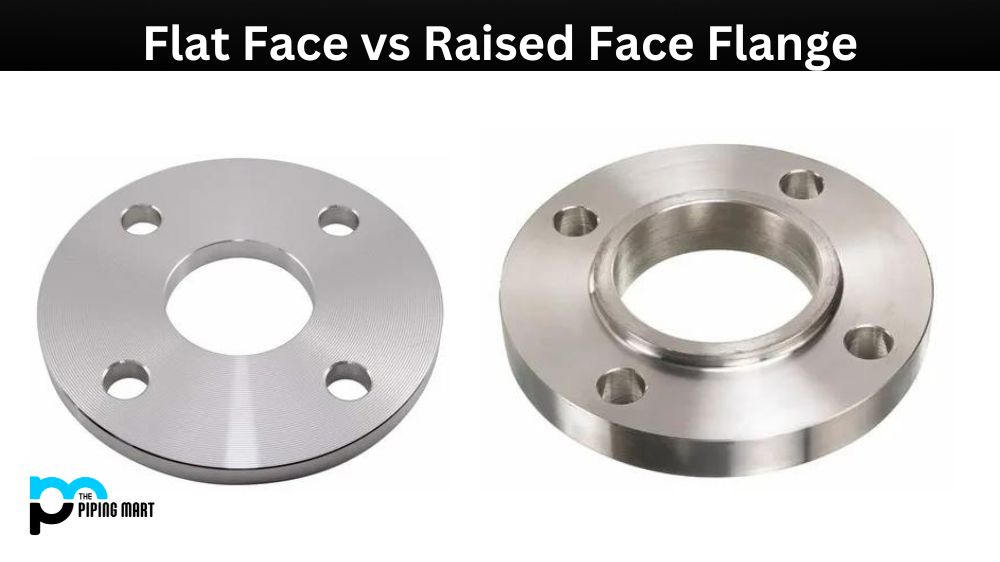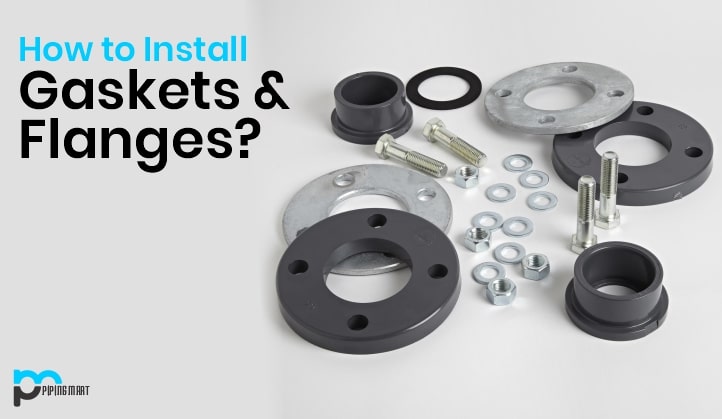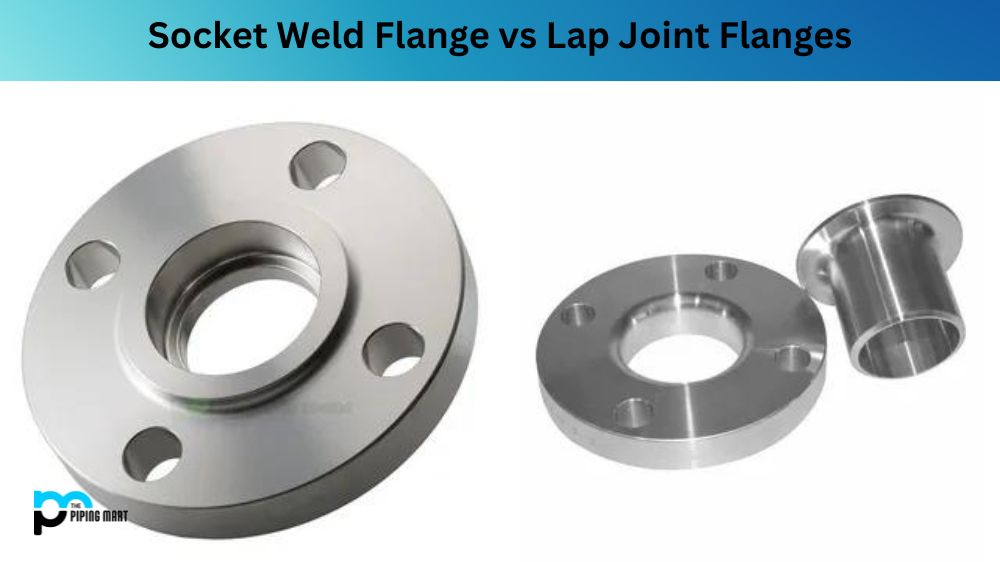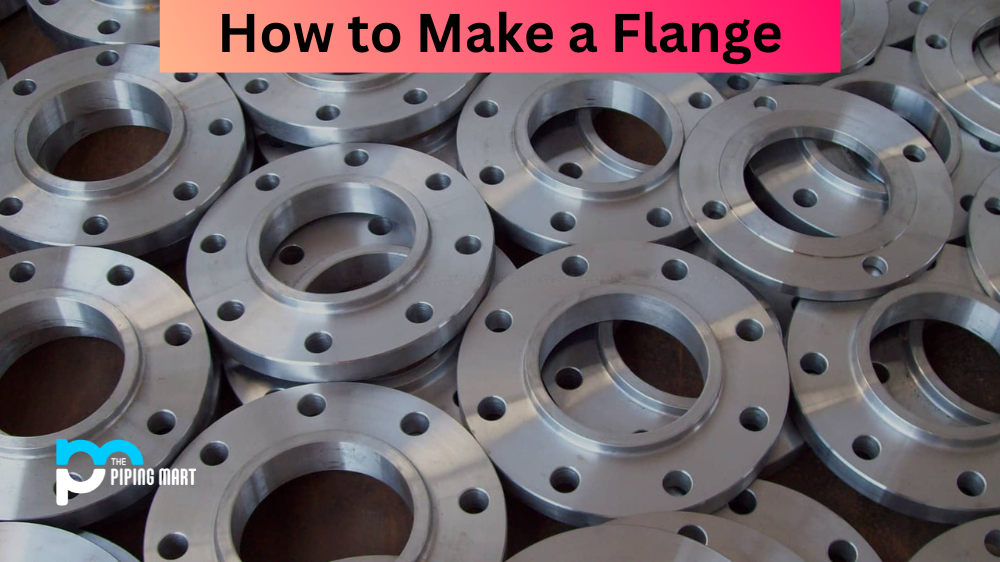Choosing the right flange type is vital for project success. Two commonly used types are flat-face and raised-face flanges. Each has unique advantages, so understanding their differences is crucial before making a decision. Let’s explore the features of flat face and raised face flanges to help you make an informed choice.
Flat Face Flange
A flat face flange is characterized by a flat gasket surface on both sides. This flange can be used in applications where a tight seal is not required, such as when connecting two pipes with different diameters or an irrigation system to a water source. The advantage of using this type of flange is that it eliminates the need for additional sealing agents, making installation much easier and faster.
Raised Face Flange
A raised face flange has a raised gasket surface on one side and a flat gasket surface on the other side. This flange type is ideal for applications requiring a tight seal, such as plumbing systems, petrochemical plants, and power plants. The advantage of using this type of flange is that it creates an airtight seal around the connection point, preventing any leaks or contamination from occurring.
Difference Between Flat Face and Raised Face Flange
Advantages of Flat Face Flanges
- Simple Alignment: Flat face flanges boast a flat surface, making them easy to align during installation.
- Leak Prevention: These flanges ensure uniform pressure distribution, minimizing the risk of leaks and ensuring tight seals between mating flanges.
- Easy Maintenance: Maintenance and inspection tasks are simplified as flat face flanges can be effortlessly disassembled without the need for specialized tools.
- Versatility: Their compatibility with a wide range of gasket materials enhances flexibility in various applications.
- Reliability: Flat face flanges are valued for their dependable performance, user-friendly design, and adaptability in piping systems.
Advantages of Raised Face Flanges
- Enhanced Sealing: Raised face flanges feature a raised surface that provides improved sealing capabilities, ensuring tighter seals between mating flanges.
- Resistance to Deformation: The raised face design helps prevent deformation under high pressure, maintaining the integrity of the seal over time.
- Easy Identification: The raised face serves as a visual indicator, making it easier to identify and align flanges during installation.
- Compatibility: Raised face flanges are compatible with a wide range of gasket materials, offering flexibility in sealing options for different applications.
- Durability: These flanges are known for their robust construction, providing reliable performance and longevity in piping systems.
Conclusion:
The flat face and raised face flanges each have unique advantages depending on what they are used for. It’s important to consider all factors before deciding which type of flange is best for your project. Understanding these differences will help you decide which type of flange will best suit your needs. Whether you choose a flat or raised face flange, rest assured that with the right knowledge and application, you will succeed in achieving an airtight seal for your project!

Pipingmart is a B2B portal that specializes in metal, industrial and piping items. Additionally, we share the latest information and information about materials, products and various types of grades to assist businesses that are involved in this business.




